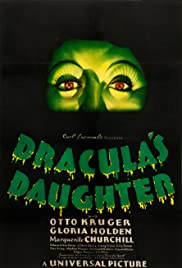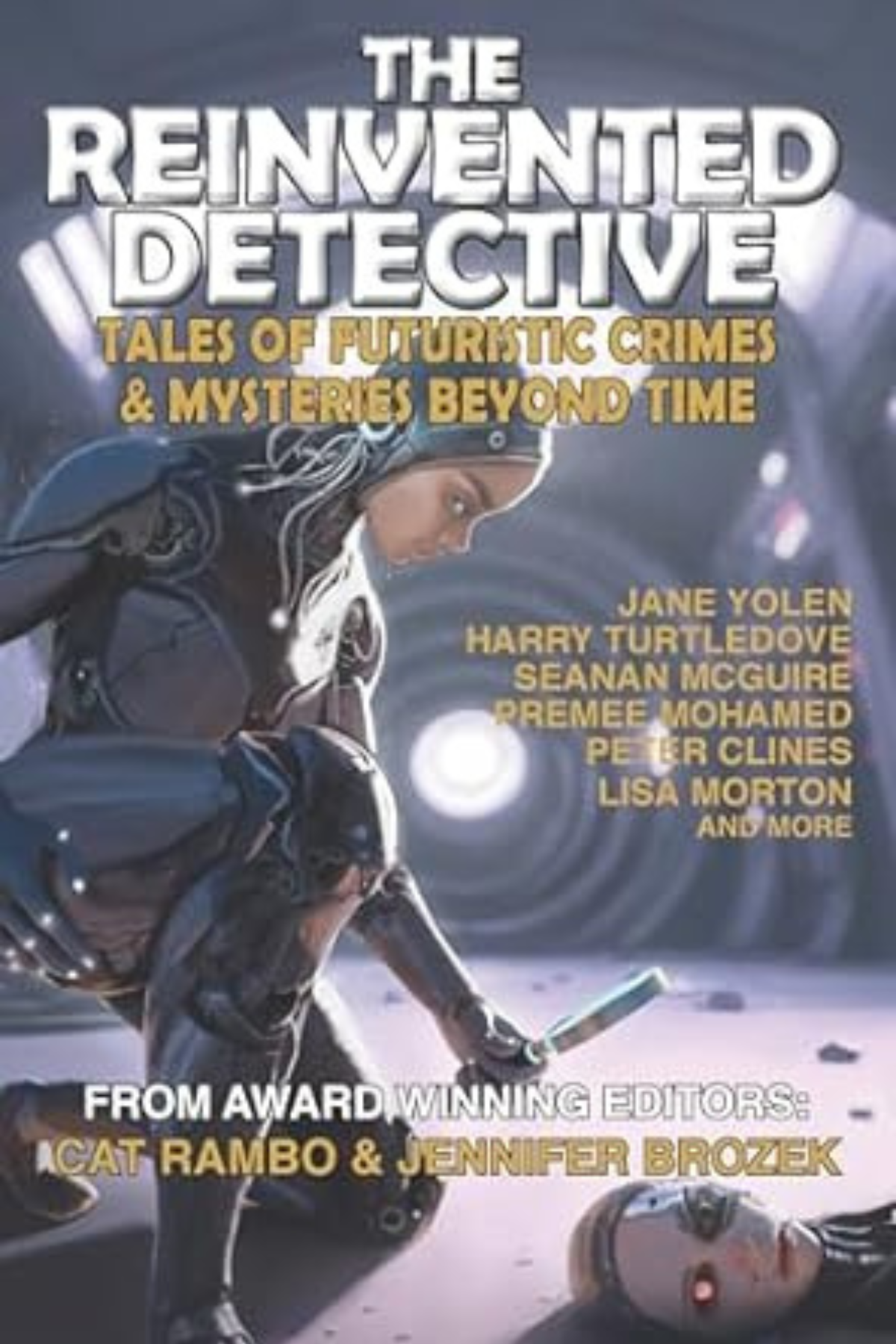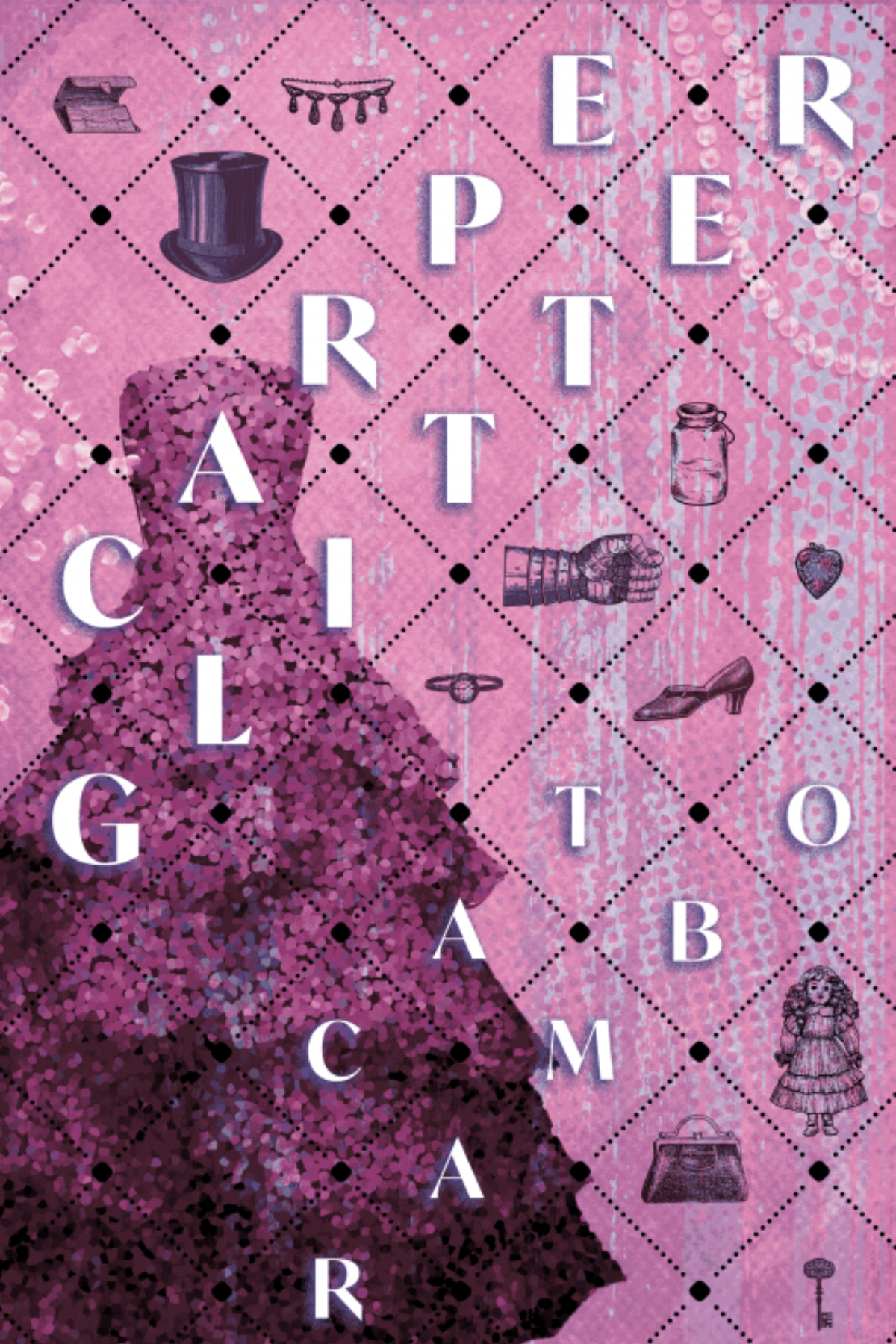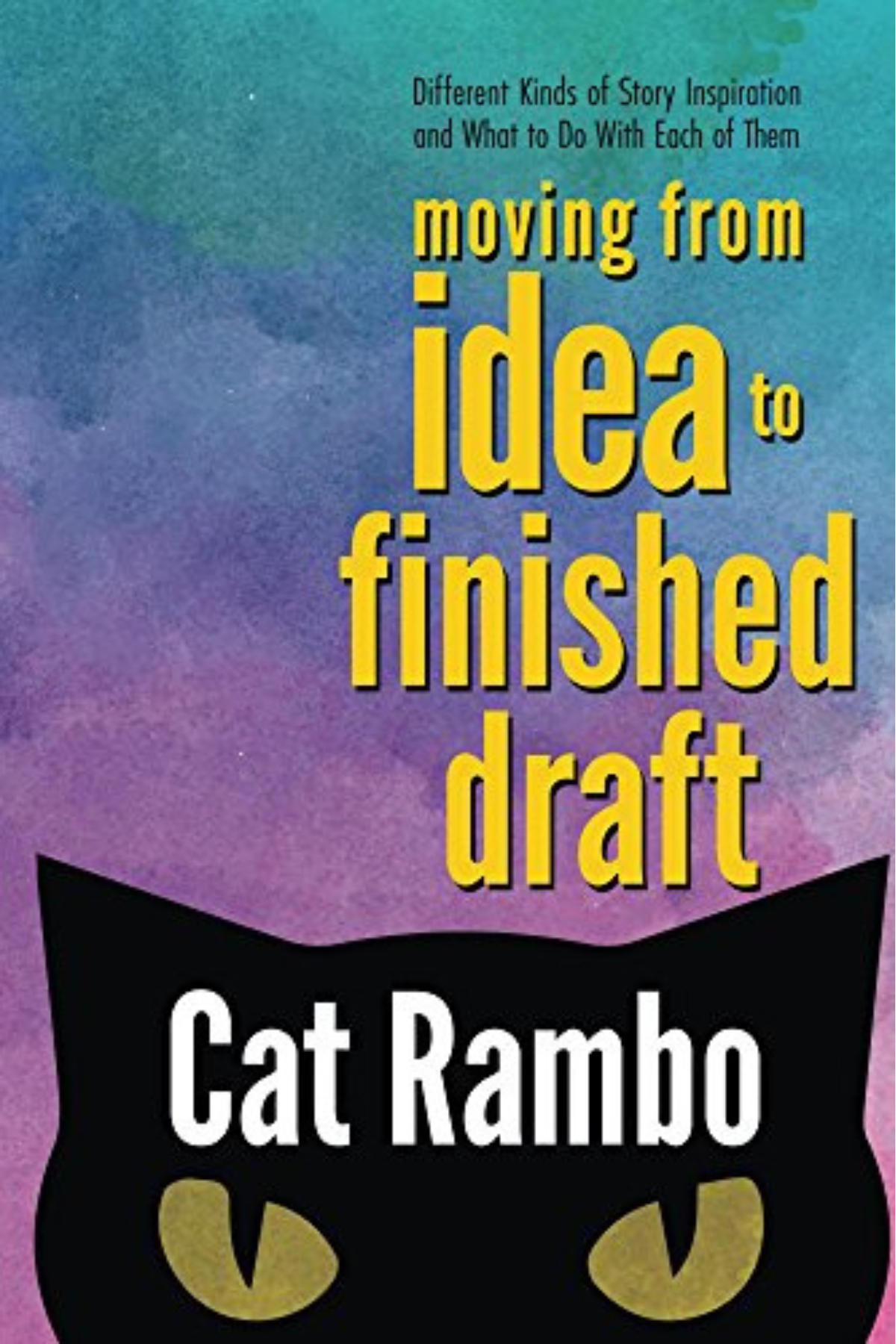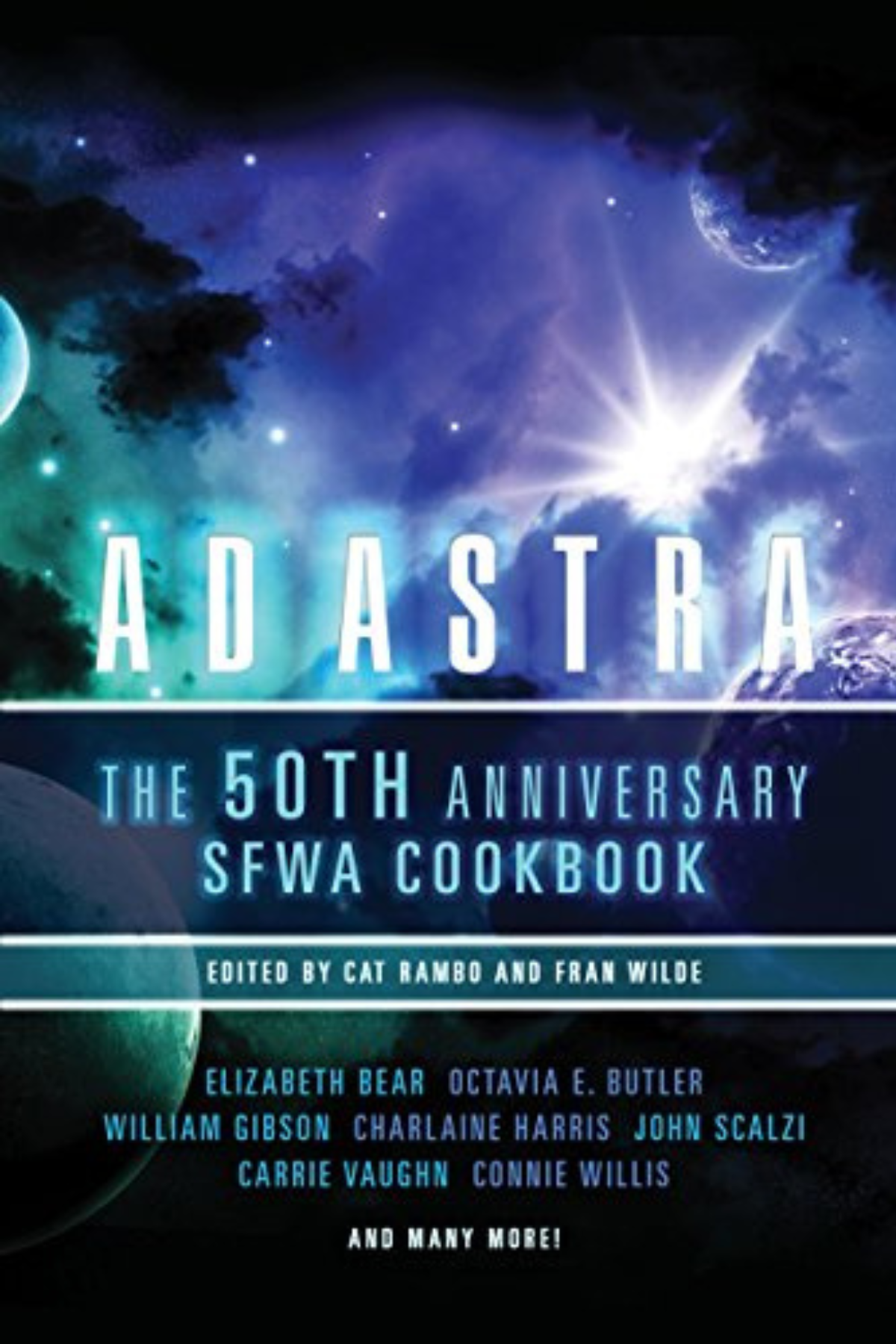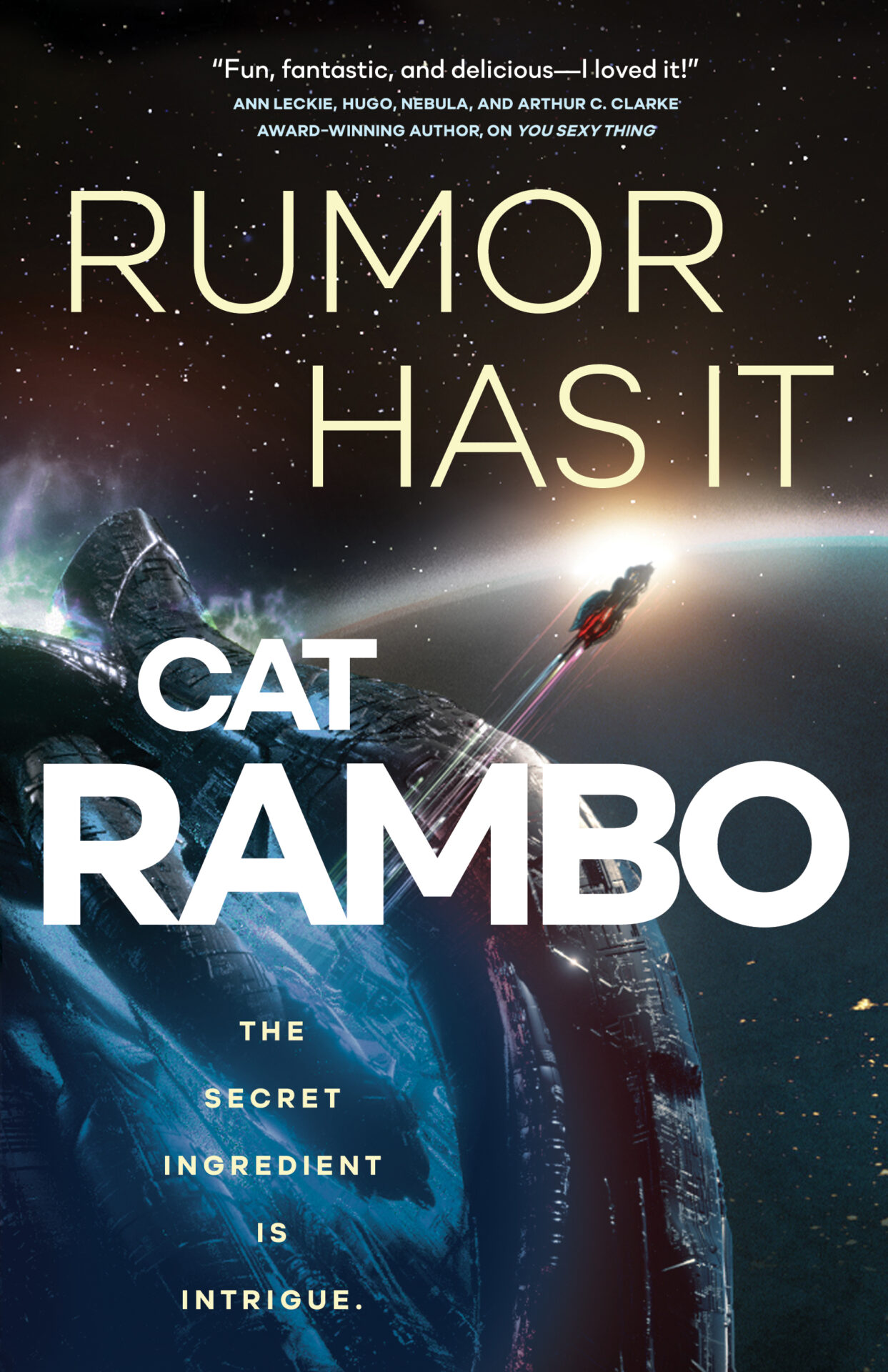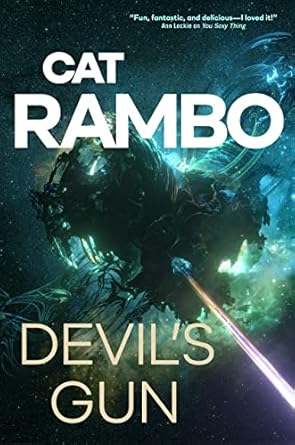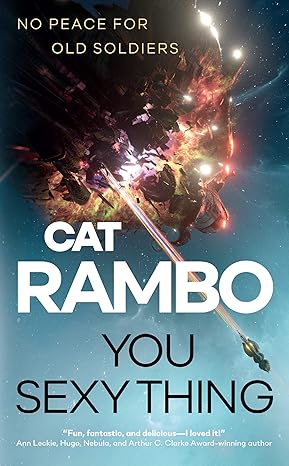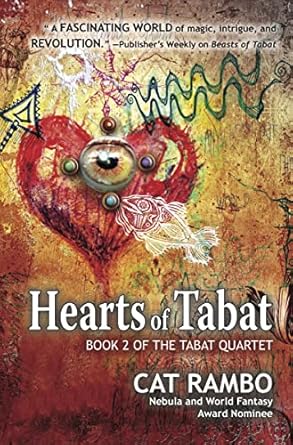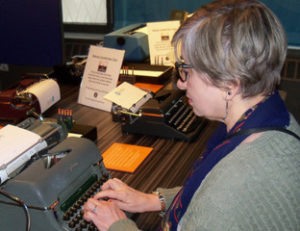Thank you for having me today!
I love writing about vampires because of the historical research. One question I always ask when doing this research is: what would someone of that era know?
My latest novel, Accident Among Vampires (Or What Would Dracula Do?) is set in 1951-52. The protagonist is Norma Mae Rollins, a 14-year-old girl who is learning to survive as a vampire. Before she was transformed, she spent many Saturday afternoons and evenings in her small hometown theater.
 Going to the movies was a different experience than it is today. The movie started with not just trailers, but also newsreels, cartoons.
Going to the movies was a different experience than it is today. The movie started with not just trailers, but also newsreels, cartoons.
The movie palaces of this era often showed first run movies, but small theaters often showed older movies. Some B films were made to be the less publicized of a double feature, but before television, cable, and streaming services, movie studios sold second run movies to drive-ins and smaller theaters in bundles who played them as double features or as the B showing with a newer film. This is why Norma would have likely seen movies such as Dracula, 1931 though she wasn’t born until 1938.
I also used these films to ensure my speech patterns felt correct as I used a few archaic words in dialogue: may’ve, shall, and shan’t. Norma doesn’t call adults by their given names without permission. Other than close relations, Norma calls adults: ma’am, Madame/Lady, sir, Sir, or honored ancients/one. She calls her creator Mr. Caruso, until he said “Call me Bill or even Dad”¦”
I will offer a warning: modern audiences delving into classic American theater will find plenty of cringe-worthy moments. For most of these films, the Hayes Code was in effect. A woman’s innocence was generally their ticket to life; conniving women were killed. In Dracula’s Daughter, the love interest (human) talks about shooting women as a joke. Son of Dracula has racist depictions of minorities: Black and Roma characters. You will, and should be, offended by certain spoken lines or things you see in these old movies.
This list is not by any means extensive, I watched close to a hundred movies for this book alone, but this list is the vampire-specific films I watched to prepare me to know what Norma knows about vampires in 1951. She thinks about what hurt (and didn’t) the vampires from films and books constantly. She asks adult vampires about scenes in many of these films. And she pretends to be Bill’s “sweet” daughter because as I said, sweet innocent women survive.
This list is in order of release. There are actors you will see again and again: Bela Lugosi, Lionel Atwell, Lon Chaney, as many of them were typecast into these roles.
Dracula, 1931, Universal Pictures (PRECODE)
This is the one with Bela Lugosi in the title role that everyone knows, loves, parodies, and quotes.
My Thoughts:
The first act follows the book, then it tells its own story with many of the book’s characters. If you haven’t seen it, it is a classic piece of cinema.
Helen Chandler plays lovely and sweet Mina but her near transformation scene when she wants take a bite out of Jonathan make the movie worth watching.
Dwight Frye as Renfield is the closest to the book character: always escaping his cell and very strong.
The Vampire Bat, 1933, Majestic (PRECODE)
Villagers start dying of blood loss and town leaders suspect a resurgence of vampirism.
Dr. von Niemann (Lionel Atwell) cares for the victims. He learns a patient, a kindhearted woman, Martha, was attacked by a bat. Another villager, Herman Glieb, claims he likes bats. Soon the village thinks Herman is a vampire.
My Thoughts:
This movie felt original and fun. It is definitely worth watching. It is a mystery and a horror film. Plus there is a scientist.
The portrayal of women is straight out of Gothic Tropes 101. Fay Wray plays the good and clever ingenue, but there is also the foolish middle-aged hypochondriac, the kind-hearted villager, etc.
Finally, the expressions, general strait-laced manner, and mustache of the police inspector directly inspired the vampire Derrik Miller in my novel.
Mark of the Vampire, 1935, MGM
After a nobleman dies, his daughter is seemingly threatened by vampires and no one know if there is a connection.
My Thoughts: I enjoyed this movie, but as it is a murder mystery, I do not want to say too much.
Bela Lugosi plays a side-role of meta-vampire, Count Mora. Carol Borland plays another vampire, Luna, who draws your eye whenever she is on screen.
Many people hate the ending, because it was held together by a trope which was old-fashioned in 1935.
Dracula’s Daughter, 1936, Universal Pictures
A reluctant vampire, Countess Countess Marya Zaleska, believes that by destroying Dracula’s body, after his death, she will be freed of her vampirism. This fails, she turns to a psychiatrist and becomes obsessed with him.
My Thoughts:
If you watch any film on this list, please watch this one! This beautifully shot film plays with lights and shadows as if it were a film noir. The characters all feel important, nothing in the sets or onscreen feels wasted.
Gloria Holden plays the Countess Marya Zaleska in a soft but deadly way. A direct sequel to Dracula, 1931, it said to be loosely based off Dracula’s Guest or the title character of Carmilla, but the plot has nothing to do with either story. The Countess’ preferred victims are women (she kills men too), and she is thought to be coded bisexual or lesbian which is the only tie it has to Carmilla.
Son of Dracula, 1943, Universal
Lon Chaney plays Count Alucard/Dracula who marries an American woman named Kay who loves all things morbid. She wants to gain eternal life. She is turned into a vampire when her ex-lover shoots her accidentally, he was aiming for Dracula.  Kay changes in unexpected ways.
My Thoughts:
This is a very good film and well-worth watching, but there are several racist depictions of minorities. One of the best parts about the film is everyone is acting pretty smart. Also it has the first on-camera transformation of a bat to vampire. (Earlier films were done with cutting, this is done with animation.)
In regards to my novel, this is the film which gives Norma daymares after she is transformed as a vampire for two reasons: Kay is the smartest one in the room and will do anything to get what she wants. Sometimes, Norma fears being a “bright girl” for this reason. Though her death is offscreen, well the idea of it gives Norma daymares.
Dead Men Walk, 1943, PRC
A kindly small-town doctor Lloyd Clayton murdered his evil twin brother, because Elwyn practices the occult. However, Elwyn returns as a vampire and murders the villagers by draining them of their blood and leaves evidence The doctor, his niece, and her fiancé discover that Elwyn still lives.
My Thoughts: PRC is known for low budget B films. While this is an original story, it hits many of the same beats as Dracula especially in regards to the ingenue (Mary Carlisle) and her love interest. The lead dual role played by George Zucco is very campy (especially when he plays Elwyn) so if you enjoy that, you’ll enjoy this one.
House of Frankenstein, 1944, Universal
The first of Universal’s monster mash movies!
Dr. Gustav Niemann played by Boris Karloff escapes from prison along with his hunchback assistant, Daniel. To exact revenge on the man who had put him in prison, Niemann revives Dracula. Dracula, played by John Caradine, seduces Hussmann’s granddaughter-in-law and kills Hussmann.
Niemann causes the poor vampire to perish in the sunlight. Niemann and Daniel move on to the flooded ruins of Castle Frankenstein, where they find the preserved bodies of Frankenstein’s monster (Glenn Strange) and Wolfman/Larry Talbot (Lon Chaney).
My Thoughts:
I enjoyed all the monster mash-type films as did Norma. They are her favorites on this list.
House of Dracula, 1945, Universal
This is the sequel to House of Frankenstein Dr. Franz Edelmann is visited by Dracula and the Wolfman who are trying to cure their vampirism and lycanthropy. John Carradine, Glenn Strange, and Lon Chaney reprise their roles from The House of Frankenstein.
My Thoughts:
The sequel is even more wonderful monster mashup film. It has all the wonderful tropes of the era. There is one thing that always strikes me as unintentionally funny–a very polite mob.
I love this movie and it is also Norma’s favorite on the list. She questions the older vampires about things she witnessed in this movie.
The Return of the Vampire, 1943, Columbia Pictures
Bela Lugosi is a vampire named Armand Tesla who is thwarted over the course of two wars by a doctor, Lady Jane Ainsley, played by Frieda Inescort. Lugosi basically plays the same characterization as Dracula, but due to copyright issues, he is Aramand Tesla.
My Thoughts:Â
This is another movie I really enjoyed. Inescort plays an educated doctor who is also a successful, loving mother. Obviously, she is a privileged woman, but it’s always nice to see an educated adult woman, who raised a son on her own, being the smartest one on the screen. Her aging makeup was well-done and restrained.
Other than a few moments of overacting at the first death of Tesla, the werewolf character, Andreas, is another standout. His acting is subtle even through his wolf makeup, and there are so many moments the audience feels for him.
The Vampire’s Ghost, 1945, Republic Pictures
John Abbot plays Webb Fallon, a nightclub owner and occult expert who offers advice on some murders. He falls in love with the ingenue. Loosely based on the 1819 short story “The Vampyre” by John Polidori.
My Thoughts:
The film hits several ingenue threatened by vampire stuff, but I felt this movie was somewhat forgettable and had very little tension. Even when the scene was supposed to be tense.
Abbot and Castello Meet Frankenstein, 1948 Universal Pictures
This is the last vampire Bela Lugosi played, but the first of several films in which the comedy duo, Abbot and Costello, meets classic Universal’s monsters and characters from their films. They and their friends encounter an evil doctor, Dracula, Frankenstein’s monster, and the Wolf Man.
My Thoughts:
The chemistry between Abbot and Costello makes for good comedy, even if the comedy itself isn’t evergreen. The actors who play monsters play their roles straight from their respective films. There is also an uncredited cameo of Vincent Price as the voice of the Invisible Man.
Accident Among Vampires or What Would Dracula Do?
By Elizabeth Guizzetti
 Issaquah, Washington, USA, 1951
Issaquah, Washington, USA, 1951
My name is Norma Mae Rollins. I’m fourteen and an illegal vampire. I miss my mom, but new ghoulish appetites force me to remain with my creator.
Bill didn’t mean to transform me. At least, that’s what he claims. His frightening temper, relentless lies, and morbid scientific experiments makes it hard to know what to believe. However, someone snitched about Bill’s experiments to a nearby coven. Now both of our corpses will burn.
Bill won’t run. He is curious what happens to a vampire after final death. I don’t want to die again. It hurt so much the first time. Bill thinks his vampire boyfriend might shelter me. I must brave an eternal existence with elder vampires and other monsters who don’t think I ought to exist. Oh and figure out who I am allowed to eat.
A vampire’s reality is nothing like the movies.
Available on Kindle and Paperback
 BIO: Much to her chagrin, Elizabeth Guizzetti discovered she was not a cyborg and growing up to be an otter would be impractical, so began writing stories at age twelve. Three decades later, Guizzetti is an illustrator and author best known for her demon-poodle based comedy, Out for Souls & Cookies. She is also the creator of Faminelands and Lure and collaborated with authors on several projects including A is for Apex and The Prince of Artemis V. To explore a different aspect of her creativity, she writes science fiction and fantasy. Her debut novel, Other Systems, was a 2015 Finalist for the Canopus Award for excellence in Interstellar Fiction. Her short work has appeared in anthologies such as Wee Folk and The Wise and Beyond the Hedge. She loves vampires and after writing Immortal House, she has written”‹ several other vampire stories in the same universe. Guizzetti lives in Seattle with her husband and two dogs. When not writing or illustrating, she loves hiking and birdwatching.
BIO: Much to her chagrin, Elizabeth Guizzetti discovered she was not a cyborg and growing up to be an otter would be impractical, so began writing stories at age twelve. Three decades later, Guizzetti is an illustrator and author best known for her demon-poodle based comedy, Out for Souls & Cookies. She is also the creator of Faminelands and Lure and collaborated with authors on several projects including A is for Apex and The Prince of Artemis V. To explore a different aspect of her creativity, she writes science fiction and fantasy. Her debut novel, Other Systems, was a 2015 Finalist for the Canopus Award for excellence in Interstellar Fiction. Her short work has appeared in anthologies such as Wee Folk and The Wise and Beyond the Hedge. She loves vampires and after writing Immortal House, she has written”‹ several other vampire stories in the same universe. Guizzetti lives in Seattle with her husband and two dogs. When not writing or illustrating, she loves hiking and birdwatching.
If you’re an author or other fantasy and science fiction creative, and want to do a guest blog post, please check out the guest blog post guidelines. Or if you’re looking for community from other F&SF writers, sign up for the Rambo Academy for Wayward Writers Critclub!






